fact

Natural History
It started with a note I found tucked into an anthology of poems edited by Selden Rodman, a book I opened rarely, though there was a time when I was young I had read it so closely and so many times I had most of the poems memorized. The note lay in the spine of the book against a poem of Arthur Rimbaud's titled, I think, "The Twelve-Year-Old Poet." On it are four names printed out in my sure and youthful twenty-one-year-old hand: Baghdad, Koweit, Sakakah, Jaffa.

Iceman
Last month I had lunch with a good friend who years ago had told me that her parents, who immigrated to Canada after the war, were Holocaust survivors. I asked my friend, whose name is Slava, to tell me again about her parents, who had lived in Vilna, the ancient Lituanian city of Europe known for three centuries as the “Jerusalem of the north.”

Re-hanging the National Wallpaper
When I lived in Ottawa in the 1970s, I used to enjoy passing lazy afternoons at the National Gallery looking at the pictures. I remember how surprised I was when I first encountered the Group of Seven collection. These paintings were completely familiar—I’d seen them in schoolbooks and on calendars, posters, t-shirts, everywhere—yet at the same time they were completely unexpected.
.svg)
Regeneration, The Eye in the Door and The Ghost Road
On my summer holiday I immersed myself in World War I, thanks to a friend who loaned me all three parts of Pat Barker's trilogy: Regeneration, The Eye in the Door and The Ghost Road (Plume/Penguin). This is a large and important work conveniently pac
.svg)
River Queen: The Amazing Story of Tugboat Titan Lucille Johnstone
Eventually Lucille Johnstone told her story to Paul E. Levy, who made it into a book, River Queen: The Amazing Story of Tugboat Titan Lucille Johnstone (Harbour), an absorbing read even for people who think they’re not interested in reading about bus



.svg)










.jpg)













































.jpeg)
















.jpg)
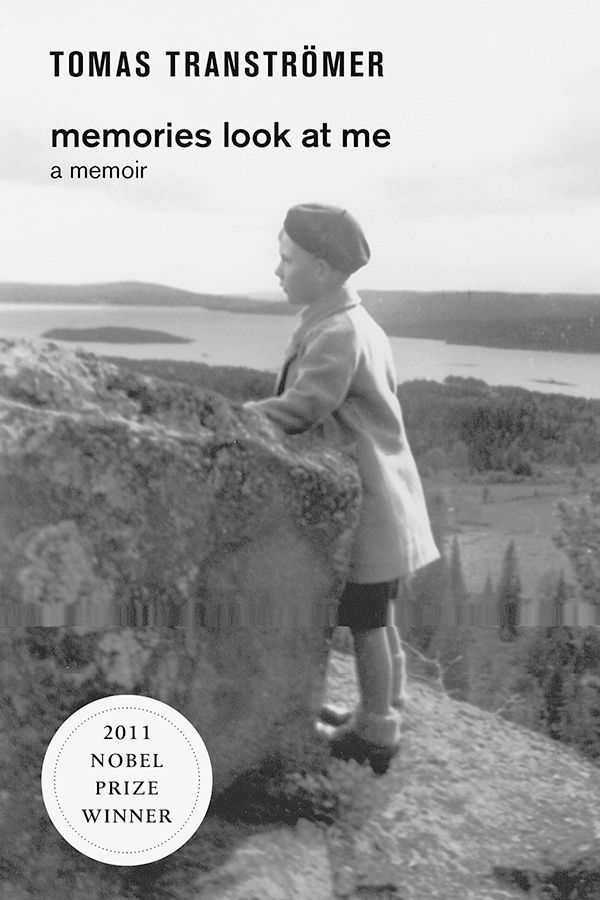
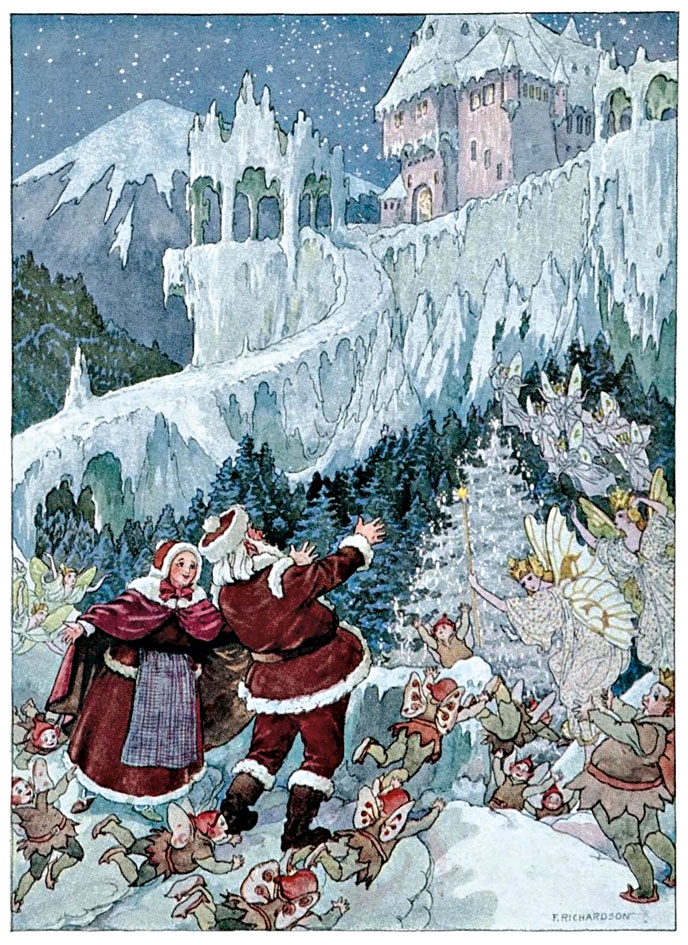
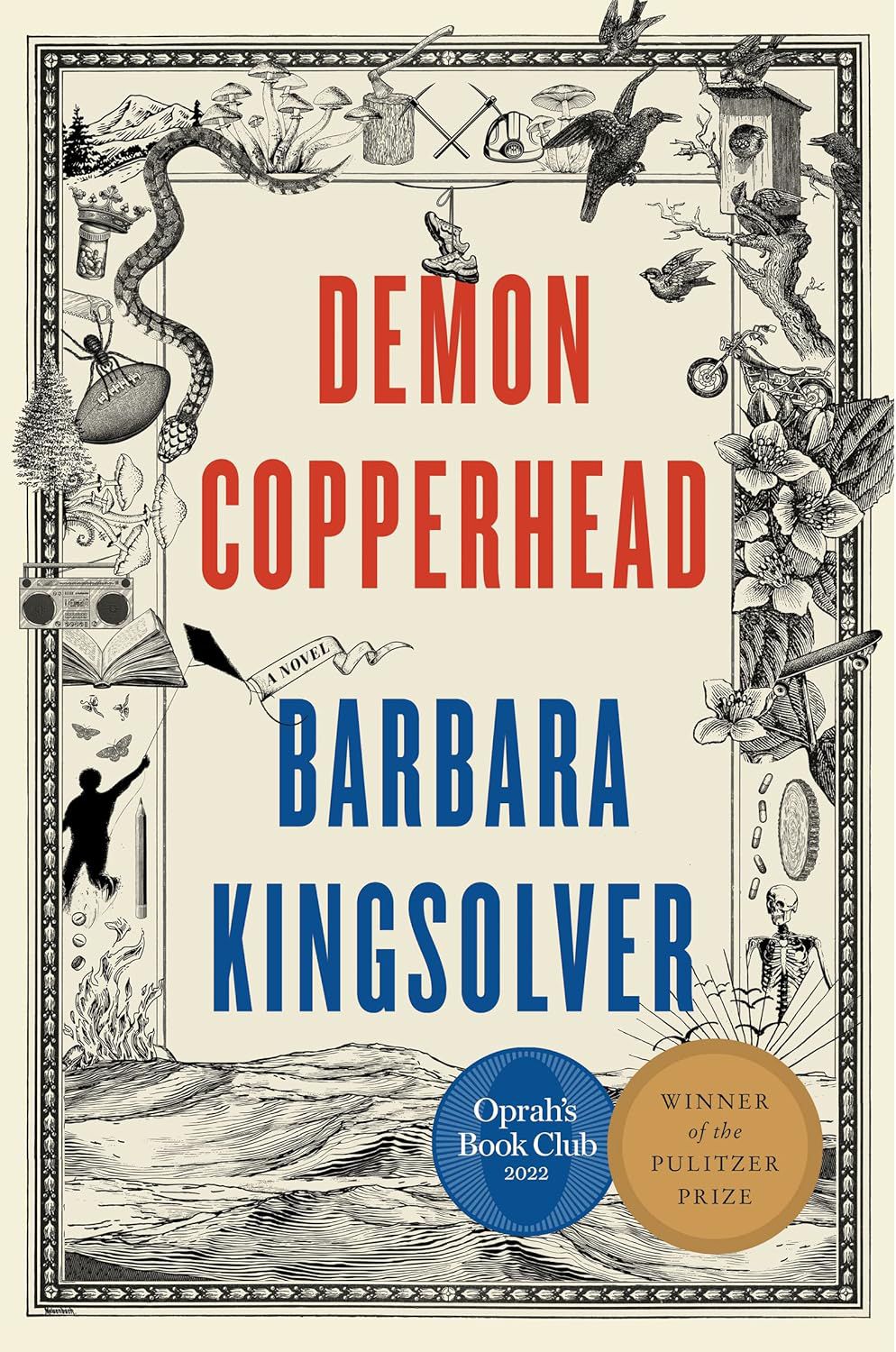



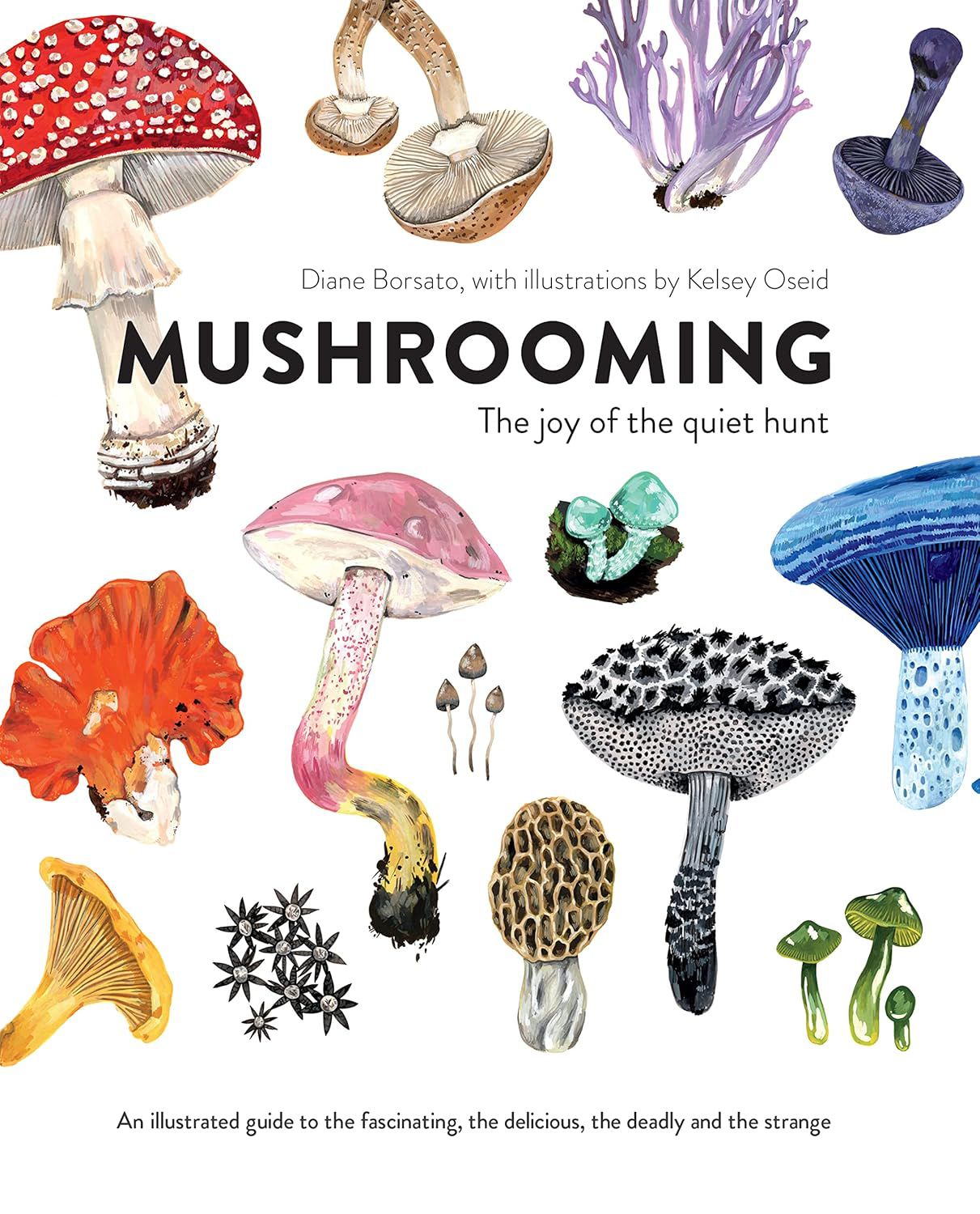

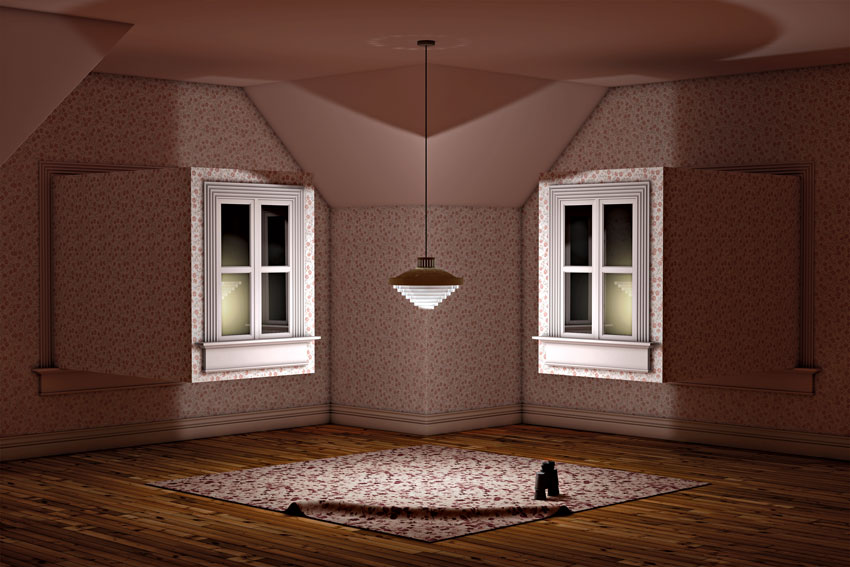
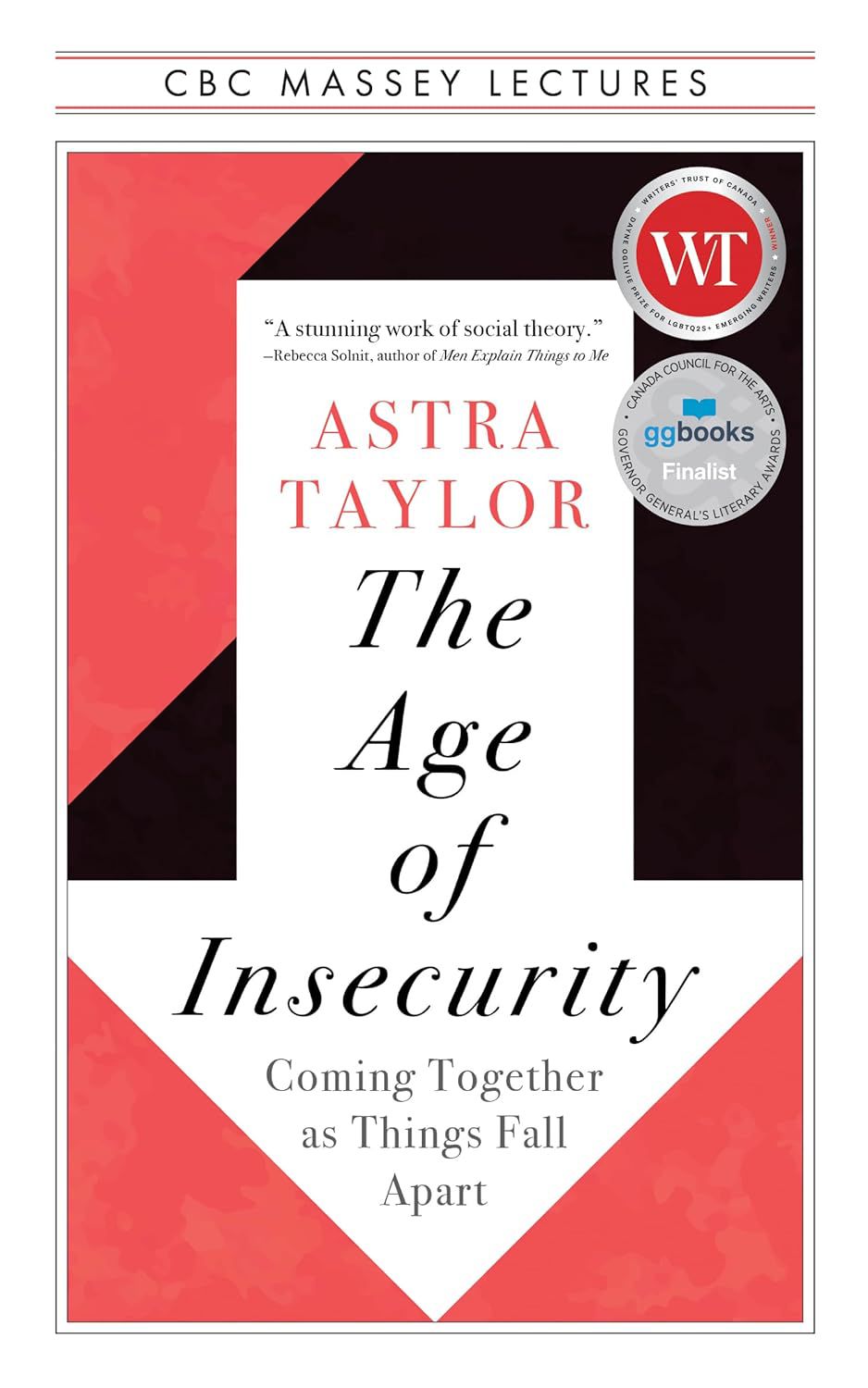
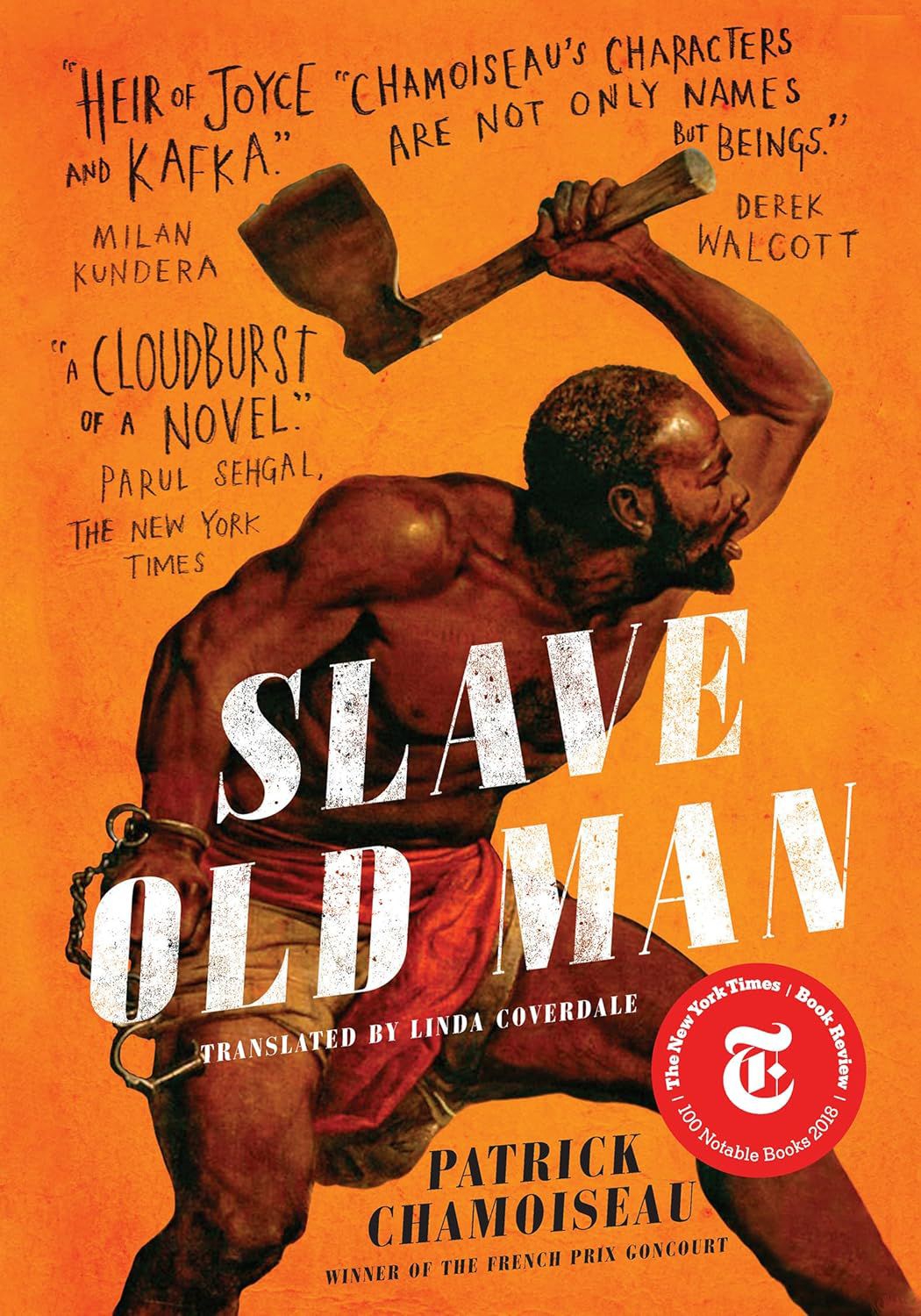
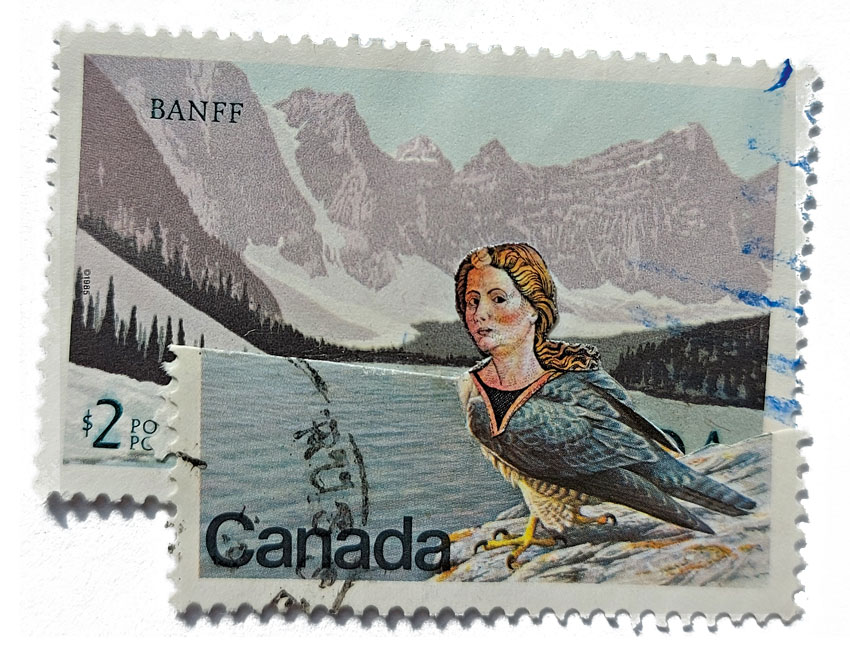
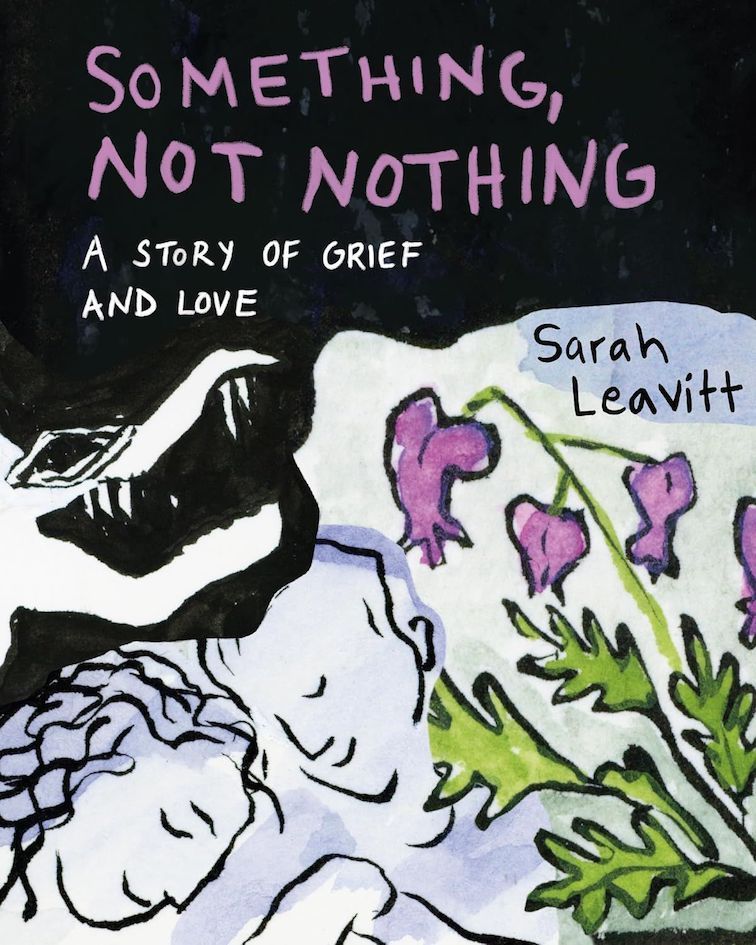
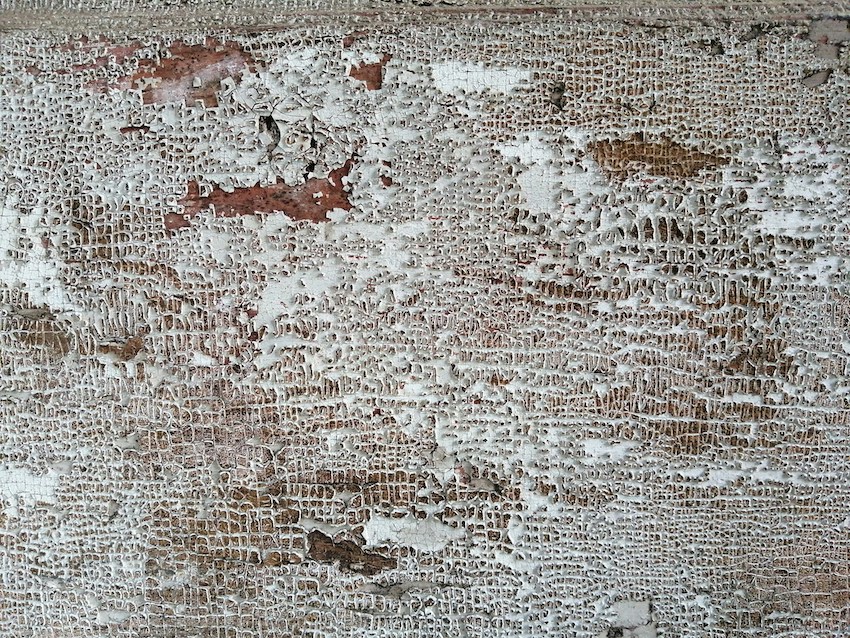








.jpg)